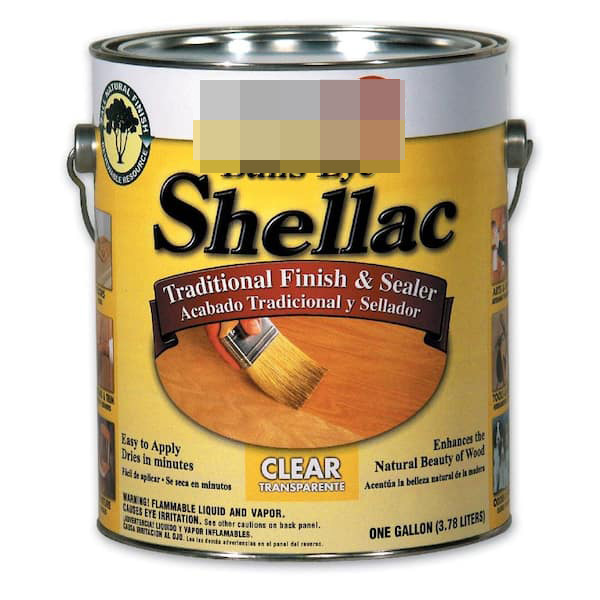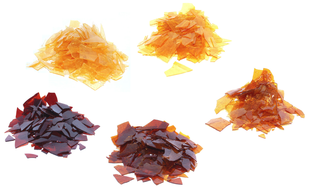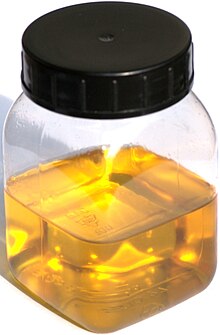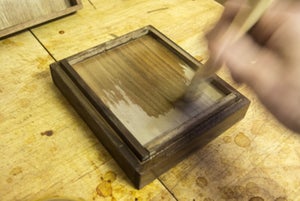Against the background of increasing modern environmental awareness, bamboo products have received widespread attention for their sustainability and eco-friendliness. As a natural coating, the application of Shellac (shellac) in bamboo products has gradually attracted people’s interest. Shellac is made of resin secreted by shellac insects and is a traditional natural coating with good environmental performance. So, what are the advantages and disadvantages of using Shellac in bamboo products?
Advantages of Shellac
Environmentally friendly and non-toxic: Shellac is a natural resin that does not contain harmful chemicals and is harmless to the environment and human body. Compared with traditional synthetic coatings, the production and use process of Shellac is more environmentally friendly and is an ideal eco-friendly material.
Good protective performance: Shellac can form a tough protective film on the surface of bamboo products to prevent the intrusion of moisture and dirt, effectively extending the service life of bamboo products. Its waterproof and mildew-proof properties are particularly suitable for bamboo furniture and interior decorations.
Improved beauty: Shellac can enhance the natural color and texture of bamboo products, making the surface smoother and glossier, and improving the beauty of the product. It also has a certain color enhancement effect, making bamboo products appear more upscale and refined.
Disadvantages of Shellac
Poor durability: Although Shellac has good initial protective performance, its durability is relatively poor and it is easily affected by the external environment and loses its gloss and protective effect. Especially in an environment with high humidity or frequent contact with water, Shellac’s protective layer may gradually decompose.
Frequent maintenance required: Due to the durability problem of Shellac, bamboo products coated with it need to be maintained and re-coated regularly, which increases the cost of use and the tediousness of maintenance. This may be inconvenient for bamboo products that are used frequently in daily life.
Limited by application scenarios: Shellac has poor heat resistance and is not suitable for bamboo products in high temperature environments. In addition, it has limited tolerance to certain chemicals and is easily corroded by solvents or strong acids and alkalis. Therefore, its application scenarios are relatively limited.
Summary
As a natural and environmentally friendly coating, Shellac has significant advantages in the application of bamboo products, especially in terms of environmental protection, aesthetics and protective performance. However, the issues of its durability and maintenance cost cannot be ignored. When choosing to use Shellac to coat bamboo products, it is necessary to comprehensively consider the specific use environment and maintenance capabilities to give full play to its advantages and overcome its shortcomings. In the future, with the advancement of technology and the development of materials science, the application of Shellac in bamboo products is expected to be further optimized, bringing more eco-friendly choices to people’s lives.
By gaining a deeper understanding of the application of Shellac in bamboo products, we can better make environmentally friendly and practical choices in real life.
Post time: Jun-07-2024









